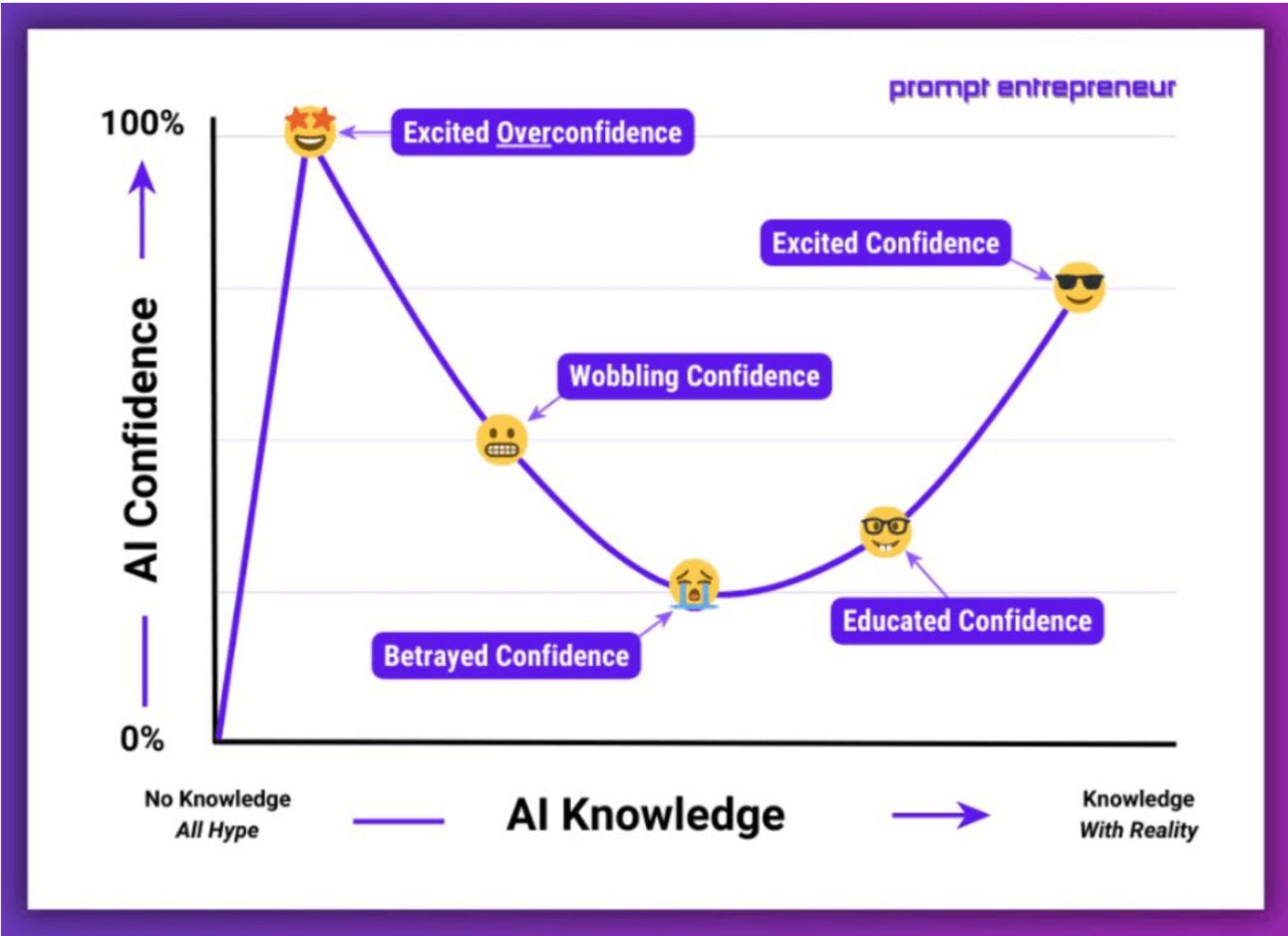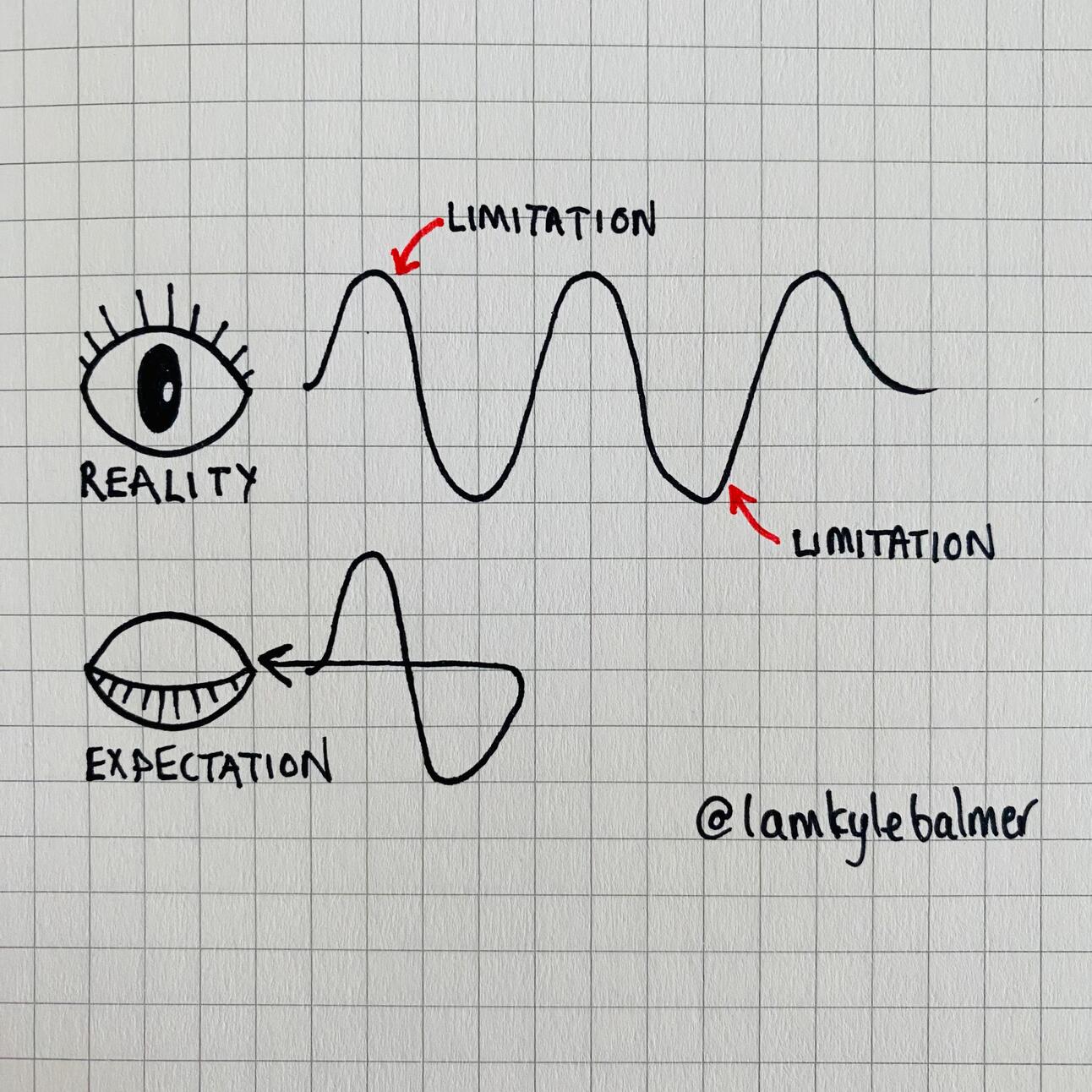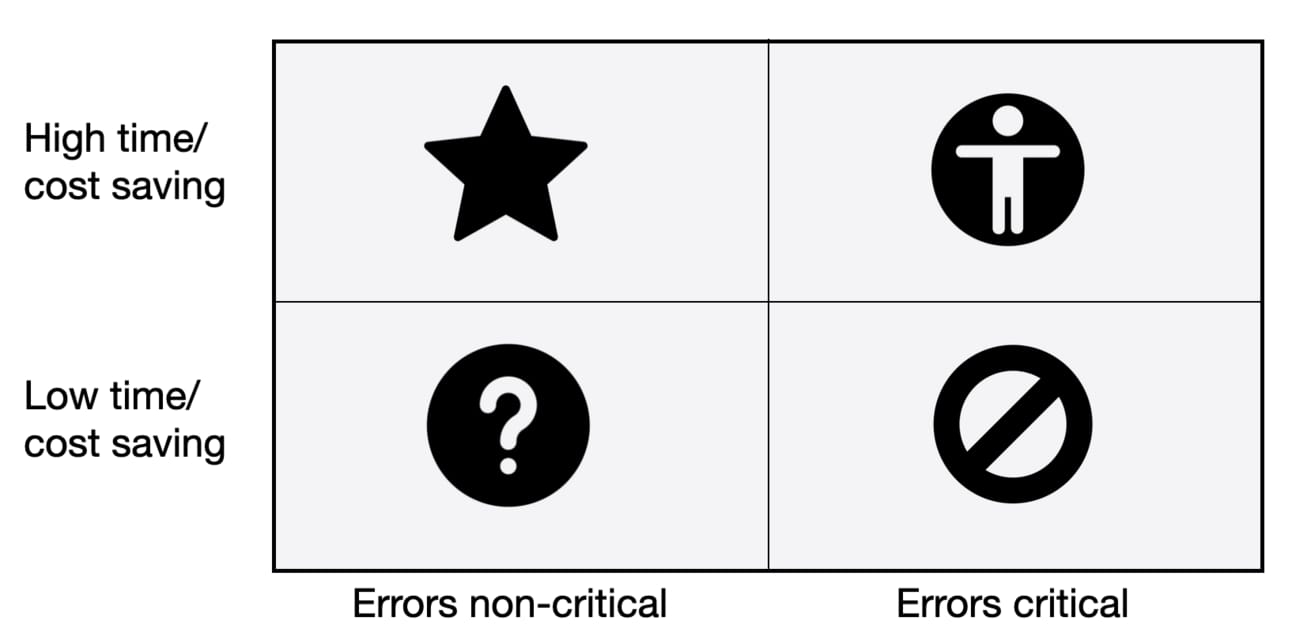Introduction
In this guide we’re going to cover how to deploy AI in your business.
Just because AI can be used in any part of your business doesn’t mean it should be.
We’ll cover a framework for choosing what exactly to use AI on.
This can be applied in your own business. Or if you are an AI consultant then the framework can be used with clients.
Then we’ll look at what level of AI you should be building.
Not all jobs need the same level of AI automation. Do not systematise what does not need to be systematised.
We’ll cover:
- Part 1: How to think about AI
- Part 2: Ad hoc usage
- Part 3: Prompt Libraries
- Part 4: Custom GPTs
- Part 5: Building AI apps
We’ll get rolling right after this word from our sponsor.
Brought to you by Dittto.AI

Fix your hero copy with an AI trained on the best landing pages. Easily generate high-conversion hero copy in a few clicks – for free.
Let’s get started:
How to Think about AI
AI is like magic.
When you first start using it in your business the natural reaction is “OMG this can do everything for me! I’ll be on the beach sipping Mai-tais in a week!”
Totally natural reaction!
We tend to go through this journey:

First up we’re excited – AI can do any task we throw at it in business.
But as we start to use it more we see the cracks and limitations.
ChatGPT starts producing generic responses, forgetting instructions or just making stuff up!
This destroys confidence. Some people even stop using AI at this stage – loudly proclaiming that “AI is an overhyped fad”.
The problem isn’t AI. It’s you!
We tend to i) expect too much and ii) not spend the time to learn the limitations of AI.

When AI doesn’t instantly do what our imagination expects it to we throw the baby out with the bathwater.
It reminds me of this bit:
What’s the fix?
Instead, treat AI as a hyper-intelligent human assistant.
They’ve just entered the job and don’t know the context of your business.
If this was a human new hire you’d:
- prepare detailed instructions
- provide context and background
- be patient with their mistakes and tell them what they did wrong
We need to do this with AI to get best results!
Don’t expect AI to read your mind and know exactly what you want!
The key to this is prompting. Or if yo’ fancy: “prompt engineering”
This basically means “how to talk to AI”. That’s it.
It’s a communication skill. Not a technical coding skill.
In the next Part I’ll give you a framework for the Perfect Prompt.
Right now let’s review a decision matrix for what tasks we should be using AI on.
What are the best task to use AI on?
So we’ve got over our initial excitement with AI and realised that it’s a hyper intelligent assistant that still needs some guidance to produce the best results.
This imposes limitations.
We can’t just use AI on everything. It would be a disaster.
Instead we need to be selective. We need to decide the best tasks to deploy AI on.
For this I’ve devised a decision matrix. Here it is:

On the axes we have:
- time and cost savings
- how critical errors are
Tasks that take a lot of time and money might be things like meetings, reporting, customer service and all the myriad of time-consuming tasks a business has. Simple.
How critical errors are is a little more complex. Basically errors are not built the same. Errors in some tasks are not the end of the world.
For example let’s say you prepare a daily report you send to a team-member internally. If there’s an error your team member will just send it back and say “hey think you missed something here”. Embarrassing? Sure. Mission critical? Nope.
A critical error is one that affects the business as a whole. For example maybe that report wasn’t a daily send to a colleague but instead an annual report sent to all your key investors.
In this case making a similar error could be disastrous!
Using the matrix we can categorise all our business tasks into:
- high time consumption, low error impact
- low time consumption, high error impact
- high time consumption, high error impact
- low time consumption, low error impact
The tasks we want to focus AI on are high time consumption, low error impact. The Star category in the matrix.
Errors will happen but aren’t mission critical. And the tasks take up a lot of time and/or cost a lot of money. These are ideal candidates for AI automation.
Here’s the first step.
Audit your business tasks. What tasks are done by yourself and your teams on a daily basis? Weekly? Monthly?
Audit and track all of these tasks, working out how long each of them takes and how much each is costing the business.
Then go through this list of tasks and assign them to the quadrants in the matrix.
At the end of this process you’ll have 4 lists.
Focus on the Star list: high time/cash usage, low impact of errors. This is where we will have the most success with implementing AI.
